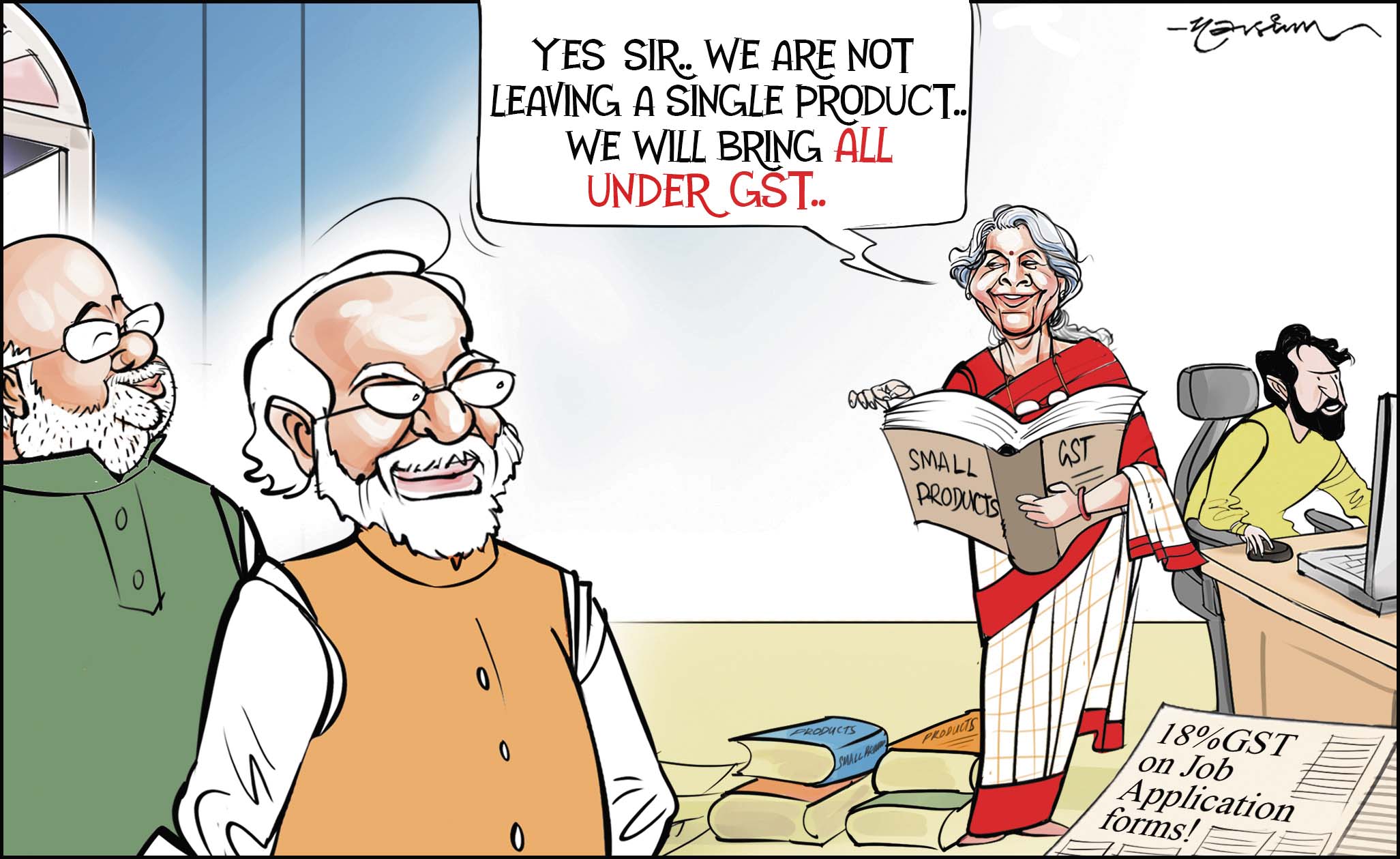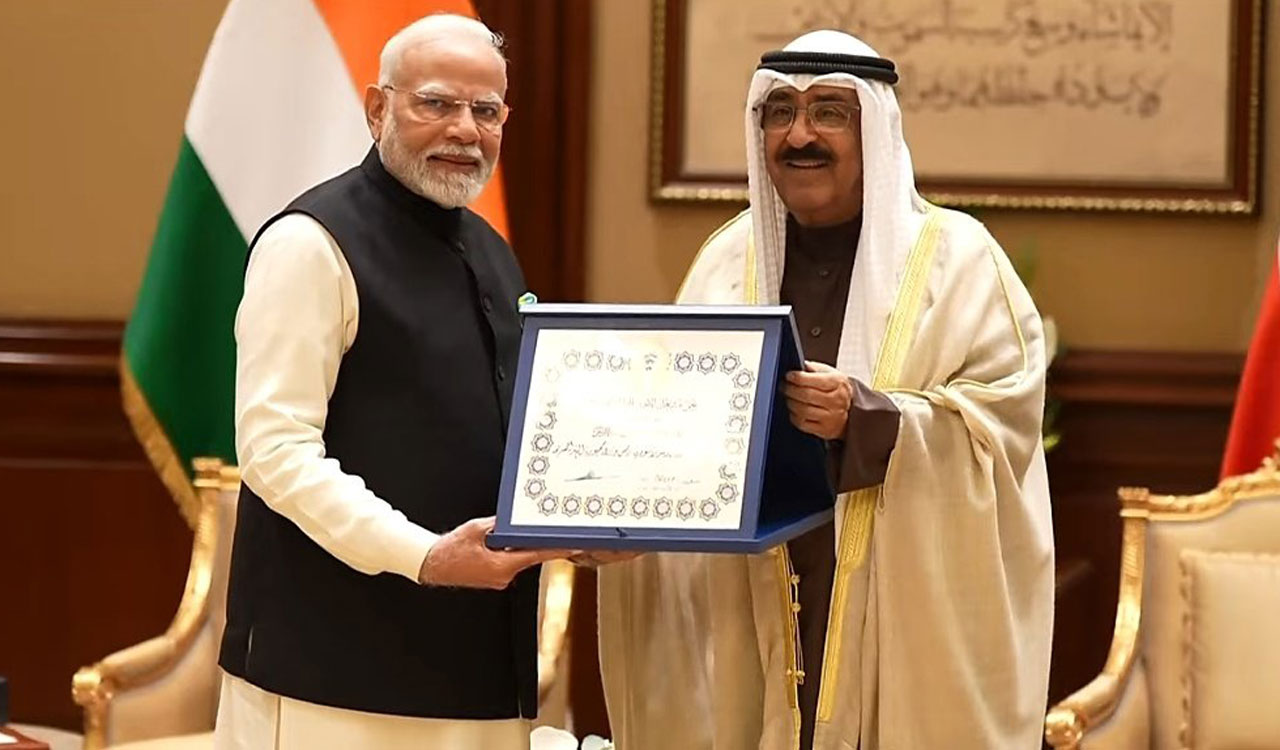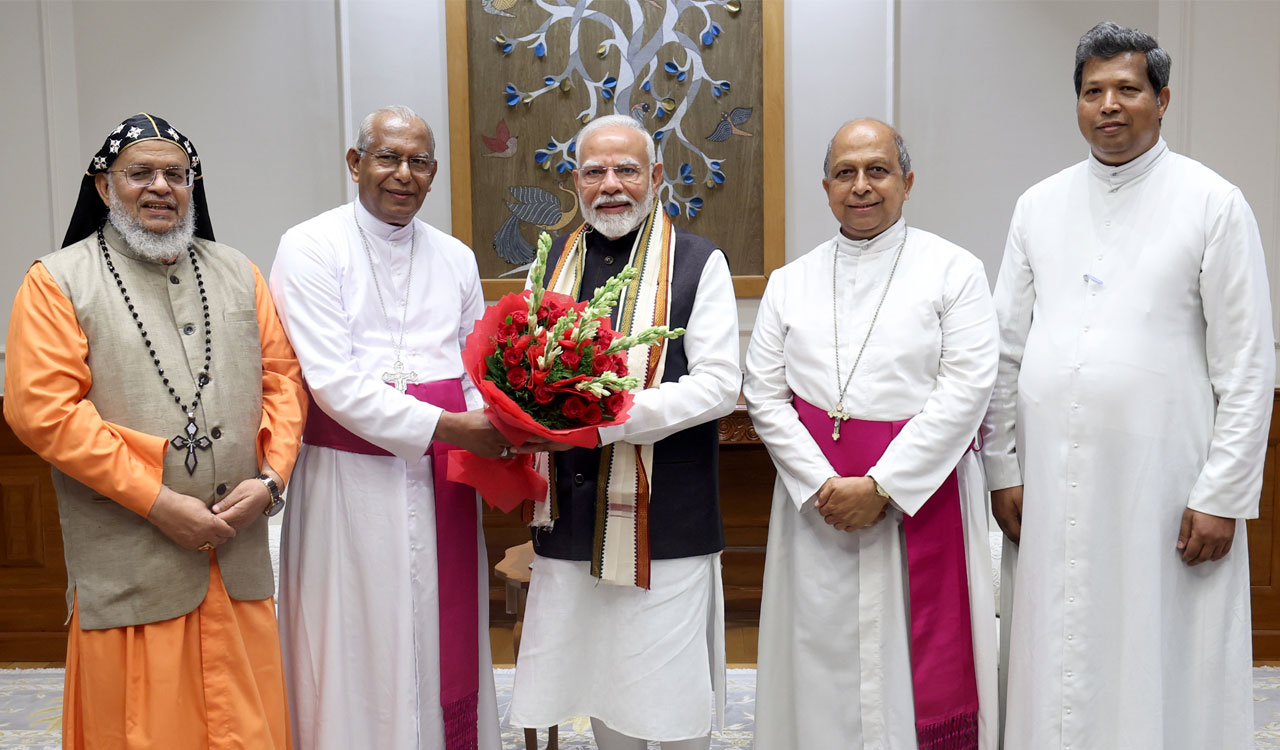Editorial: A game-changer pact
The Indo-US agreement to set up a semiconductor fabrication plant cements India’s position as a trusted player in the global supply chain

India’s ambitious plan to emerge as a global semiconductor manufacturing hub has been facing several hurdles and challenges. Though many attempts were made in the past, including the offer of a fairly attractive incentive policy to foster a home-grown chip-making industry, the outcomes have not been encouraging. However, the recent Indo-US agreement to set up a semiconductor fabrication plant to make chips exclusively for use in national security, next-generation telecommunications and green energy applications may well be a game changer. The deal, signed during the recent visit of Prime Minister Narendra Modi to the United States, underscores India’s growing strategic importance and cements its position as a trusted player in the global supply chain. This strategic pivot not only seeks to reduce dependence on China but also aims to build long-term resilience in sectors critical to modern technology and national security. As global power dynamics shift, New Delhi stands to benefit from its positioning as a trusted partner for America and its allies. One of the key factors driving this shift is the diversification of supply chains. The Covid-19 pandemic and the subsequent geopolitical tensions with China have exposed the vulnerabilities of a heavily concentrated global semiconductor supply chain. As the world’s second-largest manufacturer of semiconductors after Taiwan, China’s unbridled dominance in this sector has raised concerns, especially for countries like the US, which view semiconductors as vital not only for consumer technology but also for national security. This is where India’s importance comes into the picture.
As a democratic nation with a growing manufacturing base, India offers an alternative to firms seeking to reduce their reliance on China. The proposed fabrication plant in the country will make infrared, gallium nitride and silicon-carbide semiconductors. This is the first time the US military has agreed to do a technology partnership for these highly valued technologies with India. The pact is widely seen as a watershed moment, comparable to the civil nuclear deal. The fab becomes not only India’s first but also one of the world’s first multi-material fab for national security. It will focus on three essential pillars for modern warfighting — advanced sensing, advanced communications and high-voltage power electronics. These three areas have huge growing needs for commercial sectors such as railways, telecom infrastructure, data centres and green energy. With this technology partnership, India joins a handful of elite nations with the capability and know-how to manufacture these types of semiconductors on shore. For a country to become a net security provider, it needs to become a net technology provider. India’s current import bill for these semiconductors for national security alone is $1 billion a year. This became the first true bilateral semiconductor fab project as it amounted to raising the bar to a new high and going into true chip fabrication — considered the holy grail of semiconductors.
Related News
-
Sandhya Theatre stampede case: Allu Arjun questioned for 3 hours by Chikkadpallly police
3 hours ago -
Telangana: TRSMA pitches for 15% school fee hike and Right to Fee Collection Act
3 hours ago -
Former Home Secretary Ajay Kumar Bhalla appointed Manipur Governor, Kerala Governor shifted to Bihar
3 hours ago -
Hyderabad: Organs of 74-year-old man donated as part of Jeevandan
3 hours ago -
Opinion: The China factor in India-Nepal relations
4 hours ago -
Editorial: Modi’s Kuwait outreach
4 hours ago -
Telangana HC suspends orders against KCR and Harish Rao
5 hours ago -
Kohli and Smith will be dangerous and hungry: Shastri
5 hours ago




